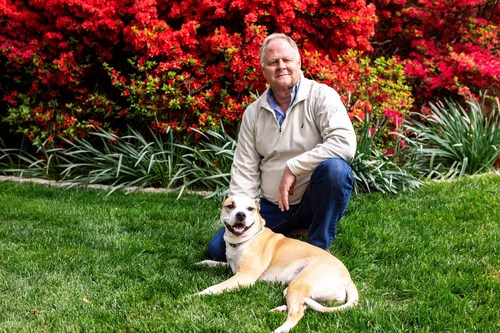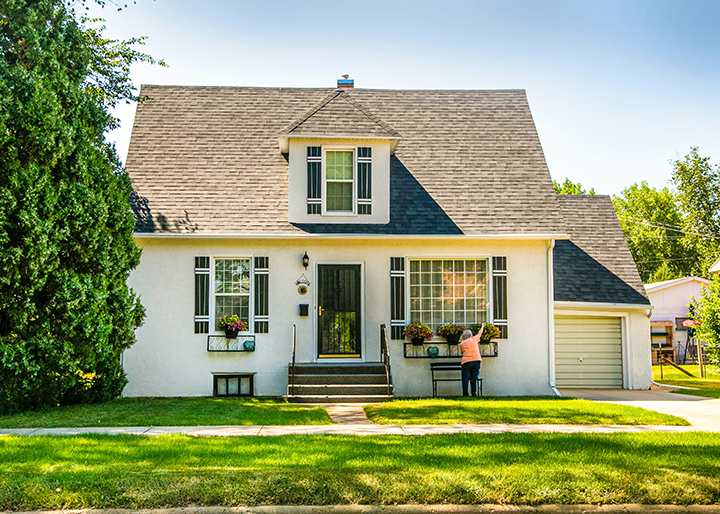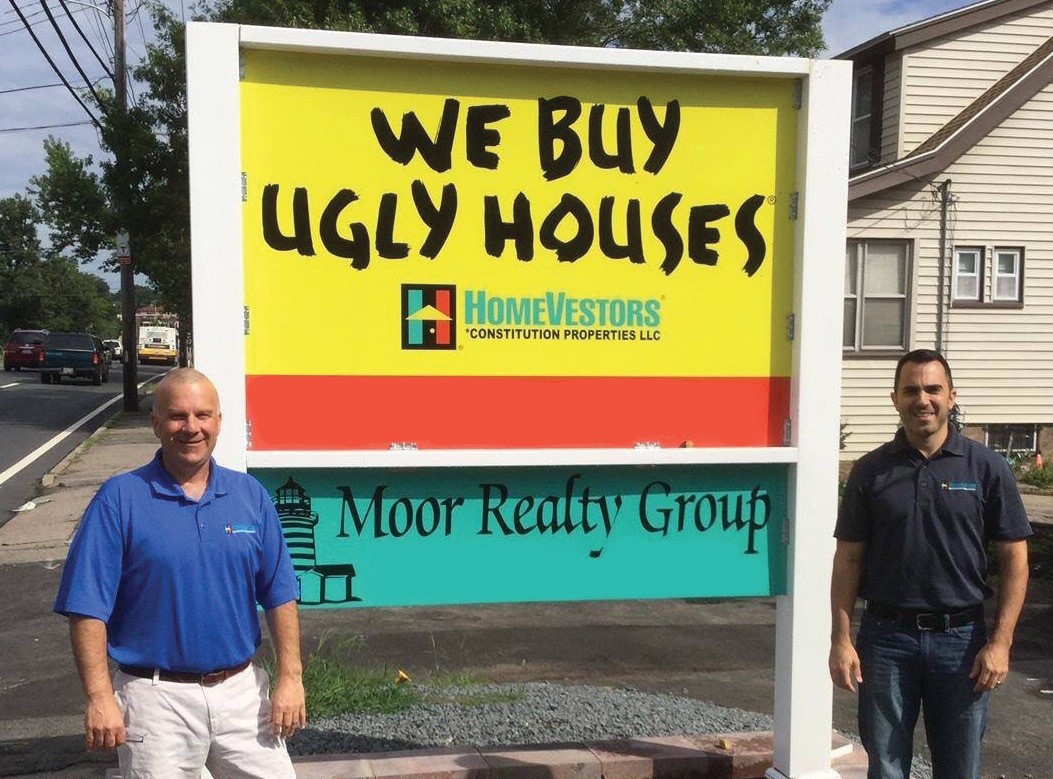WORD OF THE DAY: Otiose
[ō-shē-ˌōs] Part of speech: Adjective Definitions: Having no real purpose; useless; pointless Examples of Otiose in a sentence “With the invention of the iPod, my CD collection has been rendered otiose.” “The shed was filled with otiose tools that should have been thrown away long ago.” About Otiose One of literature’s most otiose characters is Bartleby, from Herman Melville’s “Bartleby the Scrivener.” In this tale, Bartleby becomes so lazy that he won’t leave his
Read More











